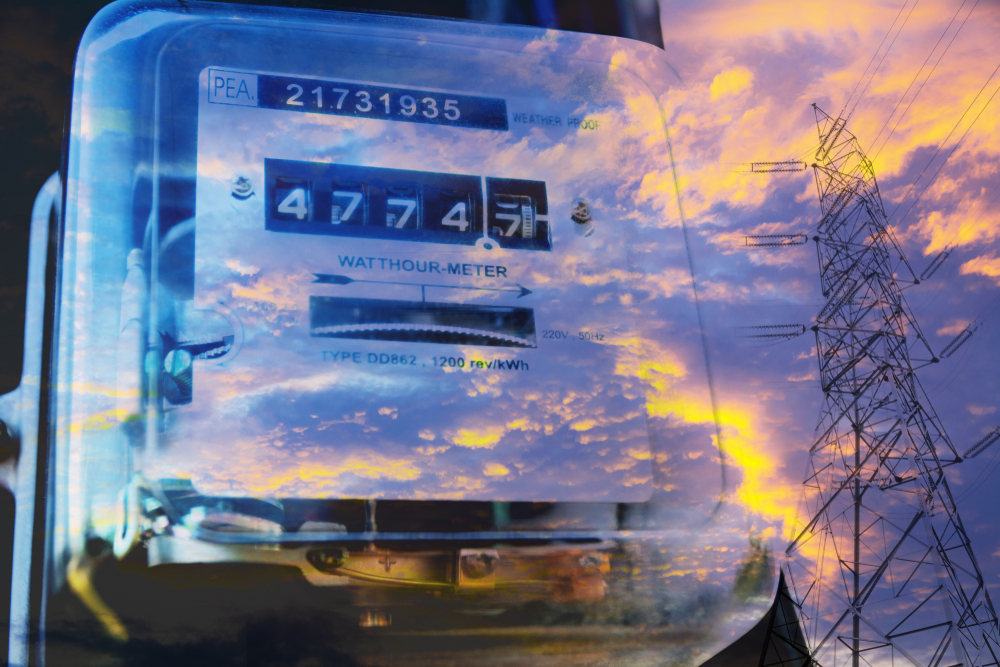
Want to know how much electricity your property is using? You don’t necessarily have to wait for the bill to arrive every month. All you need to do is find your electric meter. Knowing what you use could also help you save money.
Why You Should Read Your Electric Meter
There are two key reasons why you should be reading your electric meter. One, you can help monitor your electrical usage. And two, you can cross-reference your meter readings against your electric bill to ensure there are no errors. Simply staying informed on your electric usage can help you spot any inconsistencies – both in your property’s usage data and how you’re billed – and help you save money.
What Does an Electric Meter Measurement Tell You?
Simply put, your electric meter measures how much electricity you use in kilowatt-hours (kWh). One kilowatt-hour is equal to 1,000 watts. The more kWh your meter displays, the more energy you’re using to power your property.
Types of Electric Meters
Many electric meters these days are analog meters that have clock-like dials that convey energy usage. Others incorporate digital LCDs to show energy usage. Here’s a brief overview of each of these types:
Dial Meters
Dial meters have various clock-like displays, where numbers on each dial range from zero to nine. Clock-like hands, or dials, move when electricity is being used. When electricity is not being used, the dials remain stationary. We’ll get into more on how to read a dial meter in the next section.
Digital Meters
Digital meters make it far easier to determine energy usage. Rather than have a series of dials you need to read, the number in kWh is displayed on an LCD screen.
How to Read Your Electric Meter
Digital meters are simple to read. They often display four or five numbers from left to right, which dictate kWh. Often, there’s also a sixth number or series of numbers in a different color or following a decimal point. Ignore those numbers.
Dial meters require a bit more legwork to determine energy usage. Look at each dial, from left to right, and select the lower number according to it. For instance, if the dial is between 7 and 8, select 7 – even if the dial is closer to 8. The series of numbers between all the dials is your energy draw.
What Should I Do if My Meter is Damaged?
The answer to this question largely depends on the issue. In most cases, you’ll want to at least start with your local utility company. This is the company largely responsible for the initial installation, maintenance, and any necessary repairs. In most cases, the utility company will be out to service the meter within a few hours of contact. In some repair cases, a professional electrician may be necessary. It’s common for the utility company to coordinate this service.
Contact Green Line Rates Today
For more information on how to read electric meter and utility audit bill services, contact Green Line Rates today. Get on the path to cost reduction today.
